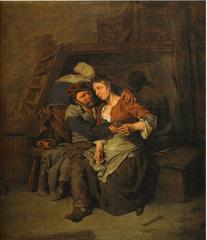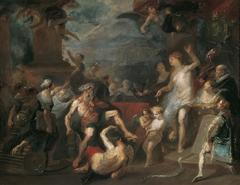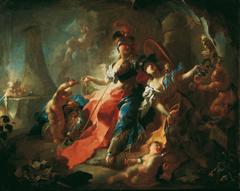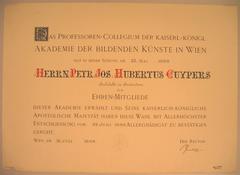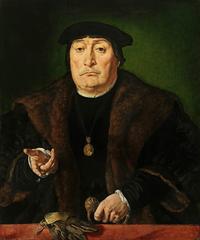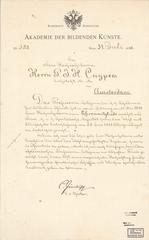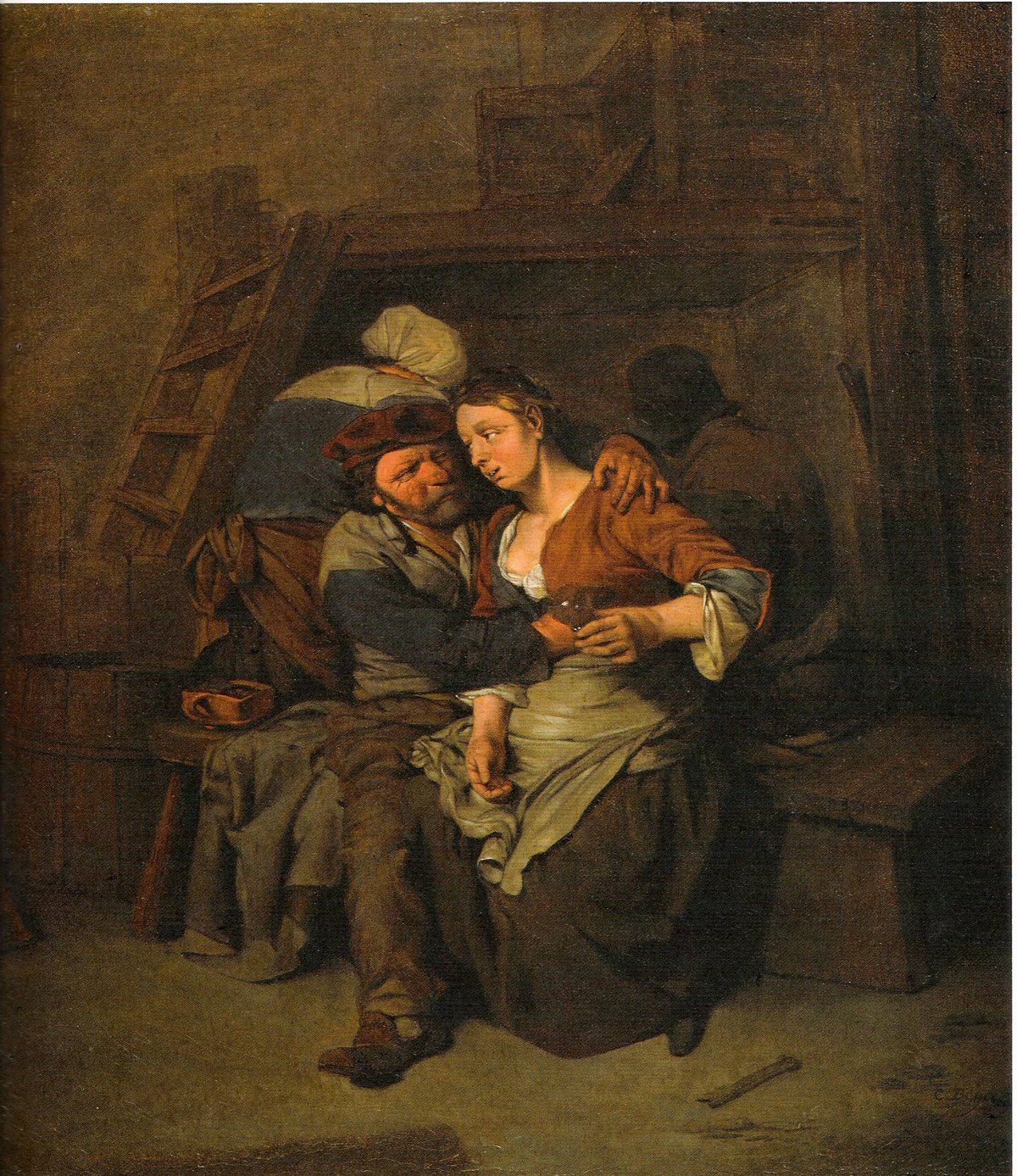
Academy of Fine Arts Vienna: Visiting Hours, Tickets, and Historical Significance
Date: 14/06/2025
Introduction
Nestled in the cultural heart of Vienna, the Academy of Fine Arts Vienna (Akademie der bildenden Künste Wien) stands as a beacon of European art education and heritage. Established in 1692 by court painter Peter Strudel, it has grown into one of Austria’s most esteemed institutions, cultivating renowned artists and architects across generations. For visitors, the Academy offers not only a breathtaking architectural experience but also access to world-class art collections, including masterpieces by Bosch, Titian, Rembrandt, and Rubens. This comprehensive guide details the Academy’s visiting hours, ticketing, accessibility, guided tours, and provides historical context to help you make the most of your visit (The Art Bog, Visiting Vienna, Official Website).
Table of Contents
- Introduction
- Historical Overview
- Architectural and Collection Highlights
- Visiting Information
- The Academy’s Impact
- FAQs
- Conclusion
- References
Historical Overview
Origins and Early Development (1692–18th Century)
Founded by Peter Strudel in 1692, the Academy began as a private drawing school aimed at nurturing local talent and supporting the Habsburg court’s artistic ambitions. After a brief closure following Strudel’s death, Emperor Charles VI revived the institution in 1726 as the Imperial and Royal Court Academy, cementing its place as a pillar of Viennese culture (The Art Bog).
19th Century Expansion
The 19th century marked significant growth. The curriculum broadened to include architecture and sculpture, attracting students and professors who shaped the era’s artistic direction. Notably, Ferdinand Georg Waldmüller advanced Realism within the Academy, while the construction of the grand Schillerplatz building in 1877 by Theophil Hansen provided a permanent, architecturally significant home (Visiting Vienna).
Modernism and the Early 20th Century
The Academy was pivotal in the rise of Modernism and the Vienna Secession, with alumni like Gustav Klimt and Egon Schiele leading artistic revolutions that challenged traditional norms and redefined European art (The Art Bog).
Architectural and Collection Highlights
The Main Building
Designed by Theophil Hansen, the Academy’s main building (Schillerplatz 3) is a masterpiece of historicist architecture, blending Renaissance and classical elements. Its imposing façade, marble staircases, and the elegant Aula hall reflect Vienna’s cultural grandeur and provide a fitting backdrop for the Academy’s artistic mission (Official Website).
Paintings Gallery (Gemäldegalerie)
Home to approximately 1,600 works, the Gemäldegalerie features masterpieces from the 14th to early 20th centuries. Highlights include Hieronymus Bosch’s Last Judgment triptych, works by Rembrandt, Rubens, Titian, Murillo, Cranach, and Waldmüller. Rotating exhibitions connect historical pieces with contemporary dialogues (Visiting Vienna).
Graphic and Plaster Cast Collections
The Kupferstichkabinett houses over 100,000 graphics, including Dürer and Rembrandt prints, medieval drawings, and notable photographs like Moritz Nähr’s portrait of Klimt. The Plaster Cast Collection offers 450 classical sculpture casts, supporting both study and public appreciation of ancient art forms.
Visiting Information
Hours & Tickets
- Opening Hours: Tuesday–Sunday, 10:00 AM–6:00 PM (closed Mondays; last admission 30 minutes before closing)
- Tickets: Adult €12; discounts for students, seniors, groups, Vienna City Card, and Vienna PASS holders. Children under 18 often enter free. Purchase online (official page) or on-site.
Guided Tours
Regular guided tours are available (pre-booking recommended) and provide deeper insights into the Academy’s history, collections, and architecture.
Accessibility
Wheelchair accessible throughout, with ramps, elevators, and accessible restrooms. Assistance is available upon request (Official Website).
Photography Policy
Non-flash photography is permitted for personal use in most areas; some exhibitions may restrict photography—look for posted signs or ask staff.
Directions & Tips
- Location: Schillerplatz 3, 1010 Vienna; adjacent to the Burggarten and Ringstrasse.
- Public Transport: Karlsplatz (U1, U2, U4); trams 1, 2, D, 71 (Burgring); bus 57A (Getreidemarkt).
- Nearby Attractions: Kunsthistorisches Museum, MuseumsQuartier, State Opera, Hofburg Palace.
- Visitor Tips: Visit early or late for fewer crowds; check for special events or public lectures.
The Academy’s Impact
Role in Art Movements
The Academy’s alumni and faculty have shaped Viennese and global art, from the Realist and Romantic movements to the Vienna Secession and beyond. The institution fosters creativity, critical thinking, and dialogue between tradition and innovation, influencing contemporary art and interdisciplinary research (The Art Bog, edurank.org).
Educational Excellence
With a competitive admissions process and a robust curriculum, the Academy emphasizes both technical skill and creative exploration. Its Institute for Art and Architecture and Conservation-Restoration Institute are internationally recognized for their research and educational output (ika.akbild.ac.at, akbild.ac.at).
Frequently Asked Questions (FAQs)
Q: What are the Academy’s opening hours?
A: Tuesday–Sunday, 10:00 AM–6:00 PM; closed Mondays and public holidays.
Q: How much do tickets cost?
A: Standard adult ticket €12; discounts for Vienna City Card, Vienna PASS, students, and groups.
Q: Is the Academy wheelchair accessible?
A: Yes, with ramps, elevators, and accessible restrooms.
Q: Can I take photos inside?
A: Non-flash photography for personal use is generally allowed; restrictions may apply in some areas.
Q: Are guided tours available?
A: Yes, guided tours can be booked online or at the ticket desk.
Q: Where is the Academy located?
A: Schillerplatz 3, 1010 Vienna, near Karlsplatz station and multiple tram lines.
Conclusion
The Academy of Fine Arts Vienna is an essential destination for art and architecture enthusiasts, offering a rich tapestry of history, world-class collections, and educational innovation. With its accessible location, visitor-friendly policies, and cultural significance, it stands as a testament to Vienna’s dedication to the arts. For the latest updates on hours, tickets, and events, consult the official website. Enhance your visit with the Audiala app for guided tours and real-time updates on Vienna’s cultural highlights.
References and Further Reading
- The Art Bog
- Visiting Vienna
- Official Website
- Institute for Art and Architecture (IKA)
- Conservation-Restoration Institute (IKR)
- EduRank
- Vienna.net
